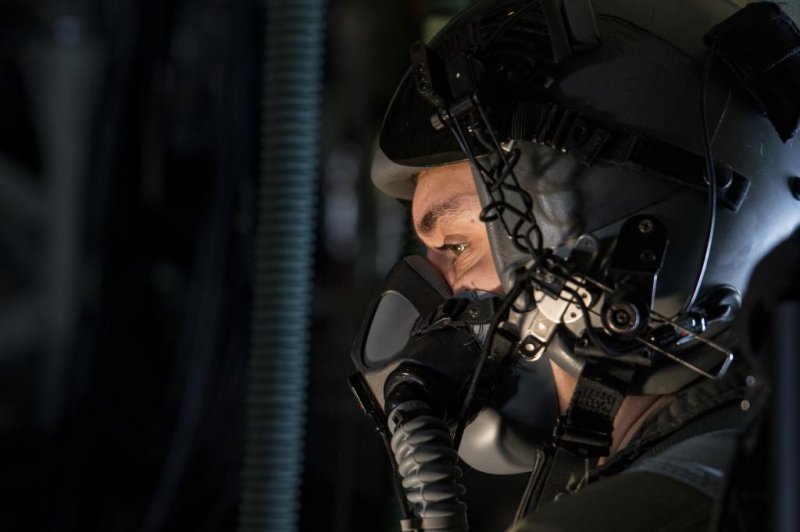June 16 (UPI) -- The U.S. Navy on Friday released results of a comprehensive review of reported physiological episodes involving T-45 trainer and F/A-18 fighter aircraft to determine the facts and procedures involved, ordering further steps to reduce the number of episodes experienced by pilots.
The review was meant to determine what factors lead to the incidents, including command, control, and communications, oxygen systems, cabin pressurization, proper maintenance, better monitoring of pilots, and other issues.















